When Is the Best Time to Seed Your Lawn? A Seasonal Guide
- March 20, 2024
- 1 comment
When it comes to establishing a lush, green lawn, timing is everything. Seeding your lawn at the right moment can make the difference between a vibrant, healthy turf and a patchy, struggling one. But when is the best time to seed your lawn? This comprehensive guide dives deep into the factors you need to consider, the preparation required, and the steps to ensure seeding success.
Yard work made easy! We’ve got reviews on the best lawn sprinklers, best lawn mowers, best top zero-turn mowers, best lawn aerators, STIHL’s best trimmers, and starter kits for beginner gardeners – all to keep your lawn looking lush!
Understanding Grass Seed Types Cool-Season Grasses and Warm Season Grasses
Kentucky Bluegrass
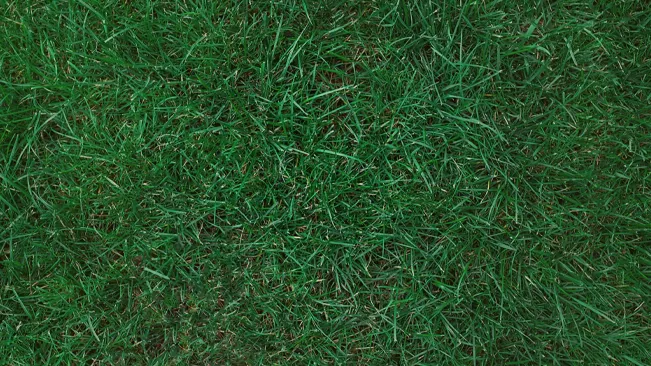
Is renowned for its dense, lush, and fine texture, exhibiting a vibrant deep green hue. It thrives in cooler climates, requiring well-drained soil and ample sunlight. Although it germinates slowly, taking up to 28 days, it establishes a strong root system, ensuring the long-term vitality of your lawn. However, Kentucky Bluegrass demands consistent maintenance, including regular mowing, watering, and fertilization.
Perennial Ryegrass
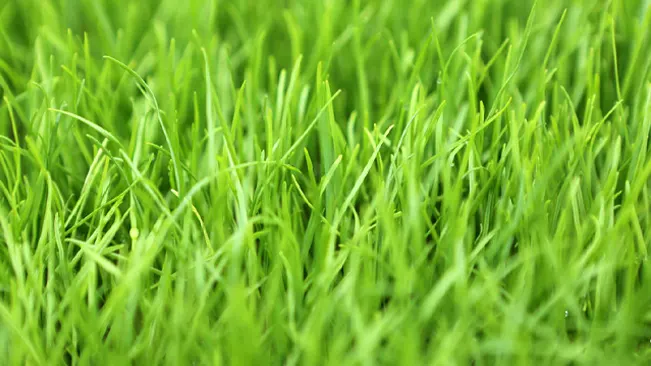
Stands out for its fine to medium texture and its exceptional germination speed, sprouting within just 5-7 days. This grass adapts well to cool, temperate climates and can tolerate partial shade, making it a popular choice for overseeding and rapid lawn repairs. While it grows quickly, Perennial Ryegrass does require moderate upkeep, including routine mowing and fertilization.
Tall Fescue
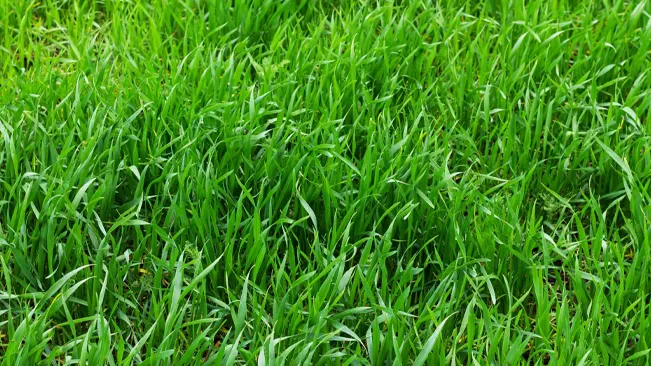
With its coarse texture and deep roots, is notably drought-resistant. This type of grass is versatile, thriving in a variety of climates from cool to warm and can adapt to varying levels of sunlight from full sun to partial shade. It germinates at a moderately fast rate and forms a durable, dense turf. Tall Fescue is low maintenance, needing less frequent mowing and watering.
Fine Fescue
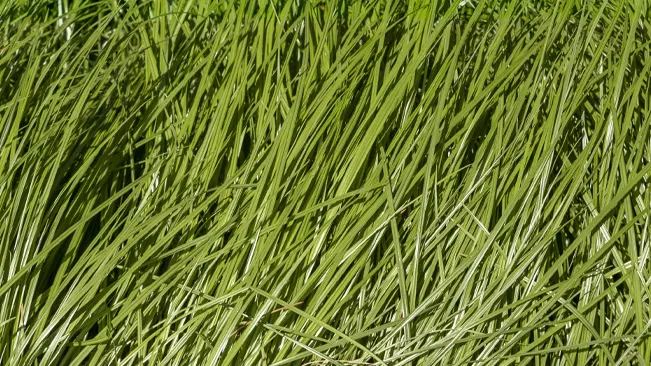
Includes several species like creeping red, chewings, hard, and sheep fescue, all known for their fine blades and tolerance to shade. These grasses are ideal for cooler climates and are best suited for areas that require minimal lawn care, such as shady or low-maintenance zones. They germinate at a slow to moderate pace and some varieties can create a dense, fine turf with low maintenance needs.
Bermuda Grass
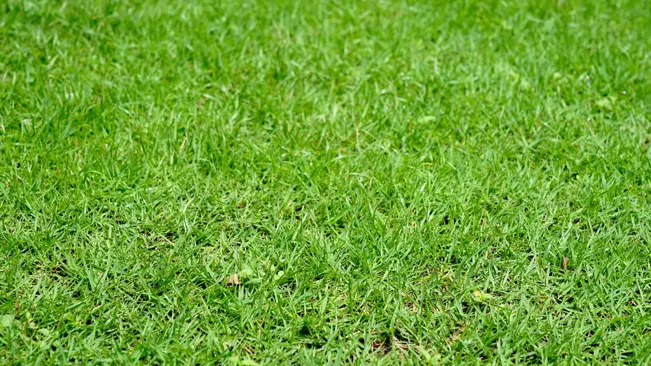
Is celebrated for its density, dark green color, and fine texture, along with its exceptional tolerance to heat and drought. This grass is best suited for warm or tropical climates and needs full sunlight to thrive. Bermuda Grass germinates quickly and aggressively covers bare areas, establishing a thick turf. However, it requires intensive maintenance, including frequent mowing, watering, and fertilization during its growing season.
Zoysia Grass
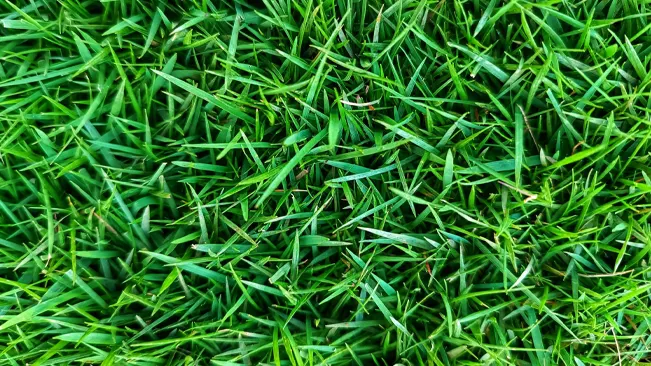
Is known for its fine to medium texture and deep green color, which forms a dense, carpet-like appearance. It is a warm-season grass that can withstand heat, drought, and partial shade. Although Zoysia Grass takes time to germinate and establish, it eventually forms a thick, durable lawn. The maintenance level is moderate, with specific needs for watering and fertilization, but less frequent mowing.
St. Augustine Grass
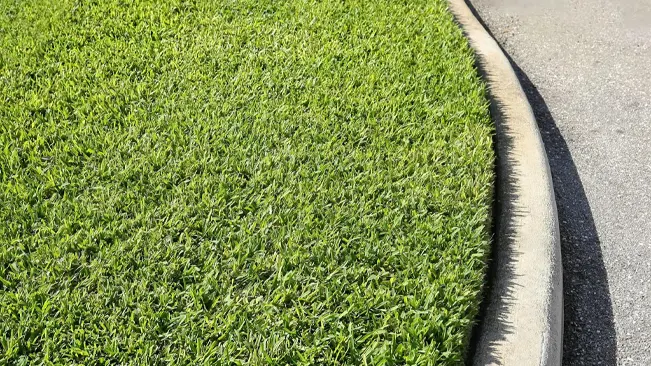
With its broad, flat blades and blue-green color, is particularly shade-tolerant and thrives in warm, coastal areas with mild winters. It prefers moderate to full sun and is known for its rapid growth and spread, quickly establishing a thick turf. St. Augustine Grass requires moderate to high maintenance, including regular mowing, watering, and fertilization to maintain its health and appearance.
How to Prepare Your Lawn for Seeding
Weed Removal
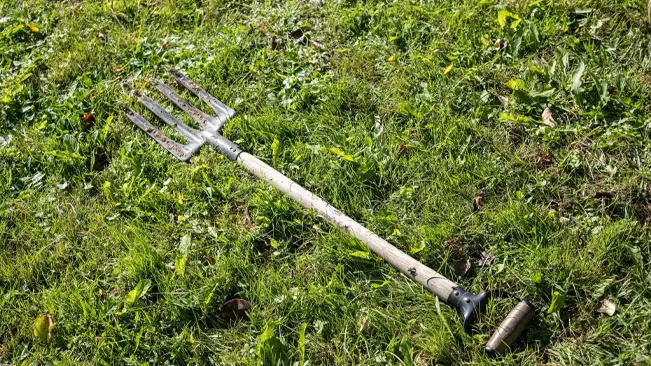
Removing weeds is the first critical step in preparing your lawn for new grass seed. Weeds compete aggressively with grass for essential resources such as sunlight, water, and nutrients, potentially stunting the growth of your new grass seedlings. For manual removal, use a garden fork or weed puller to ensure you remove the roots, preventing regrowth. Organic herbicides, derived from natural sources, can be an environmentally friendly option, but always check their compatibility with grass seeds. If you opt for chemical non-selective herbicides, apply them carefully and according to the label instructions, ensuring there’s enough time between application and seeding to avoid harm to the new grass.
Soil Testing
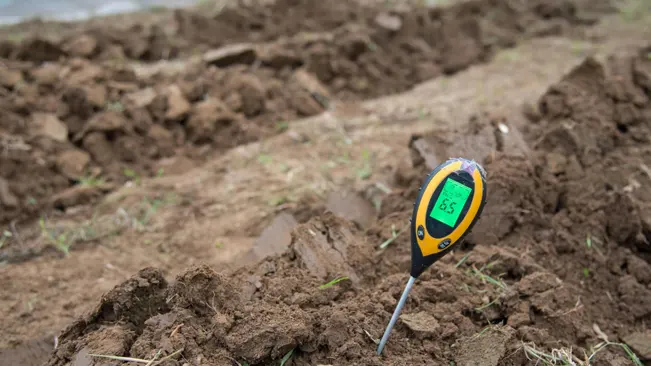
A soil test provides invaluable insights into the health and composition of your lawn’s soil, revealing the pH level and the presence of essential nutrients. A pH level that is too high or too low can hinder grass growth and nutrient uptake. If your soil is too acidic, applying garden lime can help raise the pH; if it’s too alkaline, elemental sulfur can lower the pH to a more suitable level. The soil test might also indicate deficiencies in key nutrients like nitrogen, phosphorus, and potassium, which can be corrected with appropriate fertilizers.
Debris Clearance
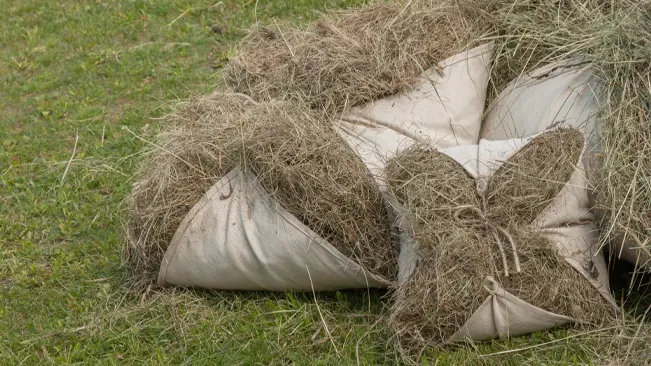
Ensuring your lawn is free from debris, such as rocks, sticks, and dead grass, is crucial for the success of your new seeding. This step not only prevents physical barriers that could impede seed-to-soil contact but also facilitates smoother soil preparation and aeration processes. Use a rake or a lawn vacuum to thoroughly clean the area, creating a clear, receptive surface for new seeds.
Soil Aeration
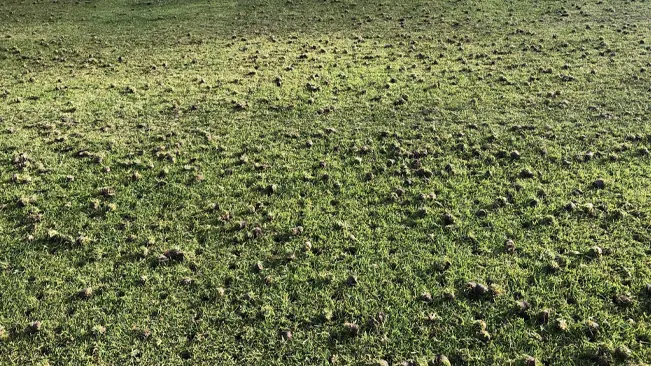
Compacted soil is a common issue in many lawns, especially in high-traffic areas, leading to reduced air, water, and nutrient flow to the soil’s root zone. Aerating your lawn with a core aerator removes plugs of soil, thereby easing compaction and improving the exchange of air and water in the soil. This process encourages deeper root growth and creates a healthier environment for new grass seeds to germinate and thrive.
Soil Amendment
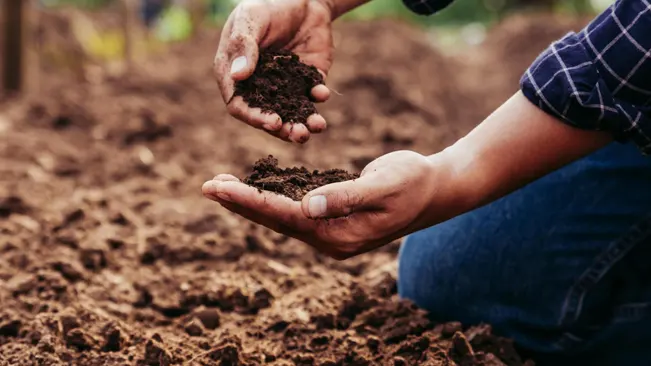
Amending your soil based on the soil test results can significantly improve its structure and fertility, creating a better foundation for your new grass. Organic matter like compost can boost the soil’s nutrient content and water retention capabilities, while sand can enhance drainage in clay-heavy soils. Tailor your amendments to address your soil’s specific needs, ensuring a balanced, nutrient-rich environment for seed germination.
Initial Watering
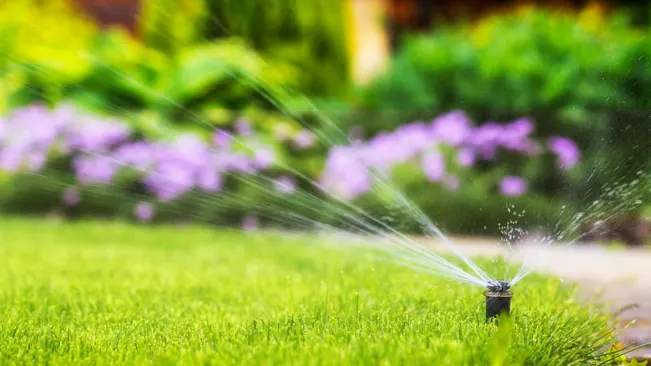
Proper watering immediately after seeding is crucial for seed germination. Water the area lightly to moisten the soil without causing runoff or seed displacement. Continue to keep the soil consistently moist, but not saturated, during the germination period. This may require watering once or twice daily, depending on weather conditions and soil type. A gentle sprinkler or a fine mist nozzle can provide even, gentle watering that won’t disturb the newly planted seeds.
Seeding Process and Techniques
1. Preparation
Before seeding, it’s crucial to prepare the soil to create an optimal environment for grass seed germination and growth. This involves
- Weed Removal: Eliminate existing weeds to reduce competition for nutrients and water.
- Soil Testing and Amendment: Conduct a soil test to determine nutrient deficiencies and pH imbalances. Amend the soil accordingly with fertilizers, lime, or sulfur to address these issues.
- Debris Clearance and Soil Loosening: Remove rocks, sticks, and other debris. Loosen compacted soil through aeration to improve water and nutrient penetration.
2. Choosing the Right Seed
Select a grass seed that suits your climate, soil type, and lawn usage. Consider factors such as sun exposure, foot traffic, and maintenance preferences. There are specialized seed mixes for various conditions, such as shade-tolerant, drought-resistant, or high-traffic areas.
3. Seeding Techniques
- Broadcast Seeding: This common method involves spreading seeds evenly over the soil using a broadcast spreader for large areas or by hand for smaller patches. It’s essential to achieve an even distribution to avoid clumping and bare spots.
- Overseeding: This technique is used to thicken thin lawns or rejuvenate worn-out areas. It involves spreading new seed over existing grass, often coupled with aeration to improve seed-to-soil contact.
- Spot Seeding: Spot seeding targets specific areas with poor growth or damage. Loosen the soil in these spots, apply a small amount of seed, and gently rake it in.
4. Improving Seed-to-Soil Contact
Ensuring good seed-to-soil contact is crucial for germination. Lightly rake the seeded area to mix the seeds with the top layer of soil. For larger areas, using a lawn roller can help press seeds into the soil without burying them too deep.
5. Watering
Watering is perhaps the most critical part of the seeding process. After seeding
- Initial Watering: Gently water the area to moisten the soil without washing away the seeds. Use a fine mist to avoid disturbing the seeds.
- Consistent Moisture: Keep the soil consistently moist but not waterlogged. This might require light watering several times a day, especially in dry conditions or hot weather.
6. Fertilization
Applying a starter fertilizer can provide essential nutrients to support early root development and growth. Choose a fertilizer with a balanced nutrient ratio or one specifically formulated for new seedlings.
7. Maintenance and Care
- Protect the Seeded Area: Keep foot traffic to a minimum on newly seeded areas to avoid disturbing the germinating seeds.
- Mowing: Wait until the new grass is about 3 inches tall before the first mow. Set your mower to a higher setting to avoid cutting the grass too short, which can stress young seedlings.
8. Monitoring and Aftercare
Regularly monitor the progress of your seeded lawn. Address any issues such as uneven growth, bare spots, or emerging weeds promptly. Continue with proper lawn care practices, including regular mowing, watering, and fertilization, to establish a dense, healthy lawn.
Common Mistakes to Avoid
1. Ignoring Soil Preparation
- Mistake: Rushing into seeding without proper soil preparation, such as failing to remove weeds, neglecting to test and amend the soil, or not loosening compacted soil.
- Impact: Poor seed-to-soil contact, nutrient deficiencies, and competition from weeds can severely affect seed germination and growth.
- Solution: Dedicate time to thorough soil preparation, including testing, amending, and aerating the soil before seeding.
2. Incorrect Seed Choice
- Mistake: Choosing a grass type unsuitable for your region’s climate, your lawn’s specific conditions (shade, sun, foot traffic), or your maintenance preferences.
- Impact: Poor growth, increased susceptibility to pests and diseases, and a lawn that doesn’t meet your aesthetic or functional needs.
- Solution: Research and select a grass seed type that’s well-suited to your local climate and lawn conditions.
3. Improper Seeding Rate
- Mistake: Applying too much or too little seed, leading to overcrowded growth or sparse areas.
- Impact: Overcrowding can result in competition for resources, leading to weak, unhealthy grass, while sparse seeding may lead to weed infestation.
- Solution: Follow the recommended seeding rate for your chosen grass type, ensuring even distribution across the lawn.
4. Inadequate Watering
- Mistake: Overwatering and causing waterlogging or underwatering and drying out the seed.
- Impact: Overwatering can lead to seed rot and fungal diseases, while underwatering can prevent seed germination and lead to seed death.
- Solution: Maintain consistent soil moisture with light, frequent watering, ensuring the soil is moist but not saturated.
5. Seeding at the Wrong Time
- Mistake: Planting seeds during a season that doesn’t support optimal grass growth for your type of grass seed.
- Impact: Seeds may fail to germinate or young seedlings may not survive due to unfavorable weather conditions.
- Solution: Time your seeding to coincide with the best growth period for your type of grass—typically early fall for cool-season grasses and late spring to early summer for warm-season grasses.
6. Neglecting Post-Seeding Care
- Mistake: Failing to protect the newly seeded area from foot traffic, cutting the grass too soon or too short, or neglecting early lawn care practices.
- Impact: Damage to young seedlings, uneven growth, and poor establishment of the new lawn.
- Solution: Keep foot traffic to a minimum, wait until the grass is tall enough before the first mow, and continue with gentle watering and appropriate fertilization.
7. Overlooking Ongoing Maintenance
- Mistake: Ignoring the need for ongoing lawn maintenance such as regular mowing, watering, and fertilization once the grass has established.
- Impact: A lawn that becomes thin, patchy, or overrun with weeds over time.
- Solution: Implement a consistent lawn care routine tailored to your grass type, including regular mowing at the correct height, appropriate watering, and fertilization based on soil needs.
Conclusion
In conclusion, the best time to seed your lawn varies with grass type and local climate. Cool-season grasses do well when seeded in early fall or late summer, while warm-season grasses prefer late spring or early summer. Success also hinges on preparing the soil properly, choosing the right seed, and caring for the seedlings. By following these steps, you can cultivate a lush and healthy lawn that enhances your outdoor space.
FAQs
- What’s the best time to seed cool-season grasses? Seed cool-season grasses in early fall or late summer for optimal growth.
- Can I seed my lawn in the summer? Summer seeding is suitable for warm-season grasses, but ensure adequate watering.
- How often should I water newly seeded areas? Keep the top inch of soil moist by watering lightly and frequently until seeds germinate.
- How do I choose the right grass seed for my lawn? Consider your climate, lawn use, and maintenance preferences when selecting a grass seed mix.
- Is it necessary to prepare the soil before seeding? Yes, clear debris, loosen the topsoil, and level the ground to promote successful seed germination.

Joel Cunningham
Forestry AuthorI'm Joel Cunningham, an expert in pruning and weed management with over a decade of experience. My skills are rooted in formal training and extensive practice, focusing on advanced pruning techniques and efficient weed control. I'm known for my quality work, precision, and deep understanding of plant health and soil dynamics. My contributions extend to educational initiatives where I share sustainable practices and advice, establishing myself as a reliable and authoritative figure in the gardening community.





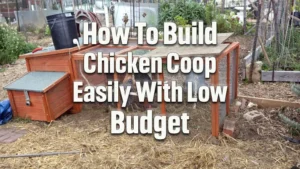







I am wondering about 8A to seed and the seasons. We are starting off in this area not shot what to throw out.
Diane rainier
July 5, 2024 2:20 am